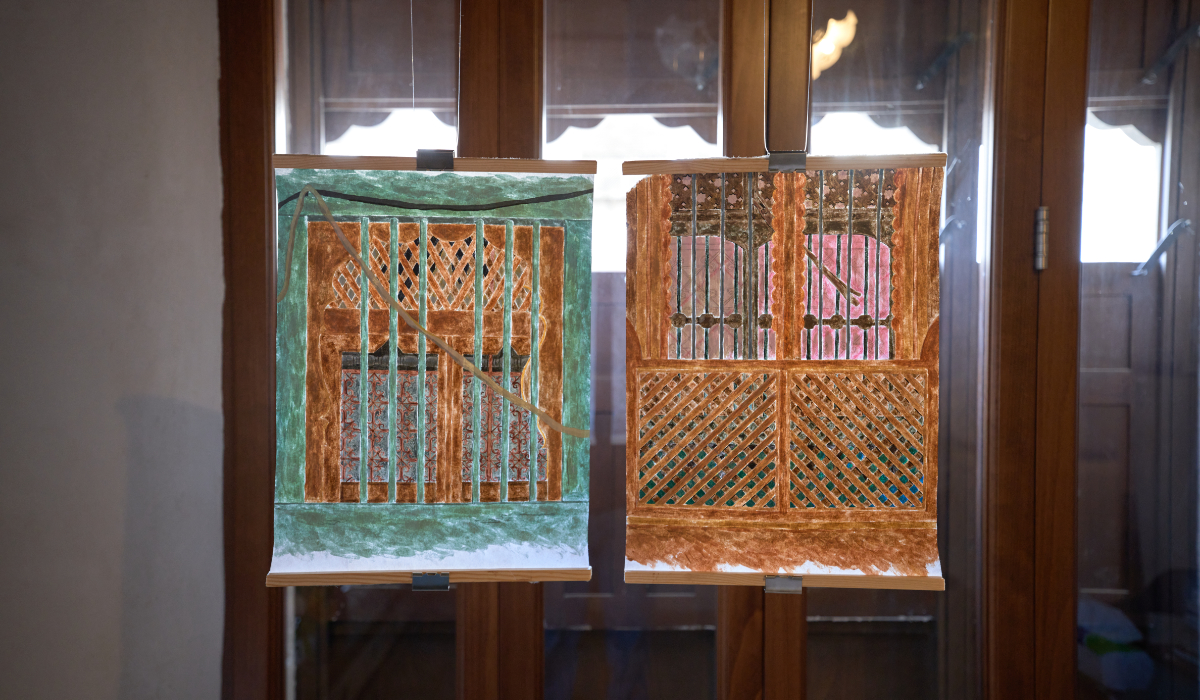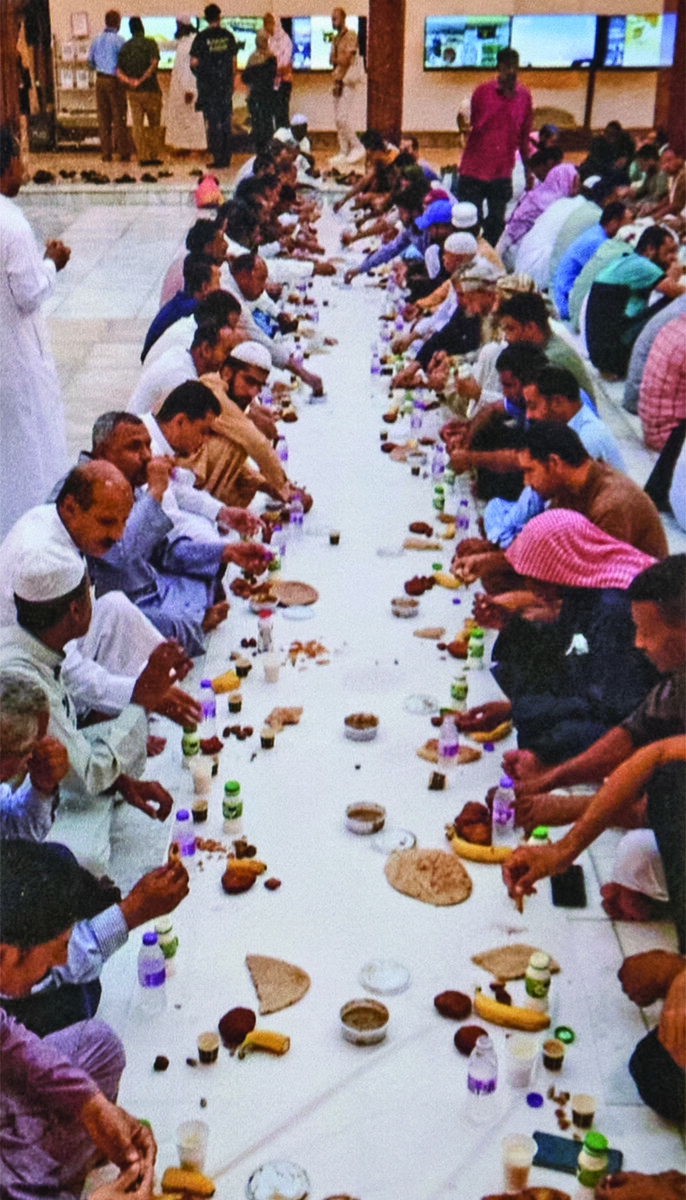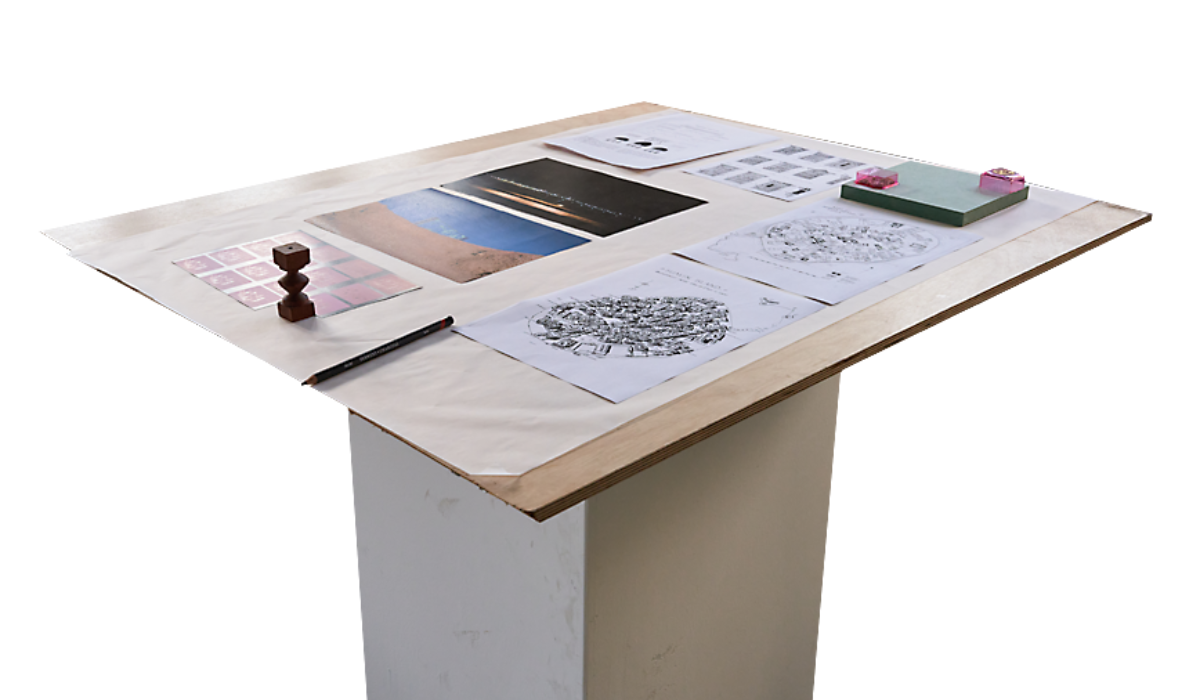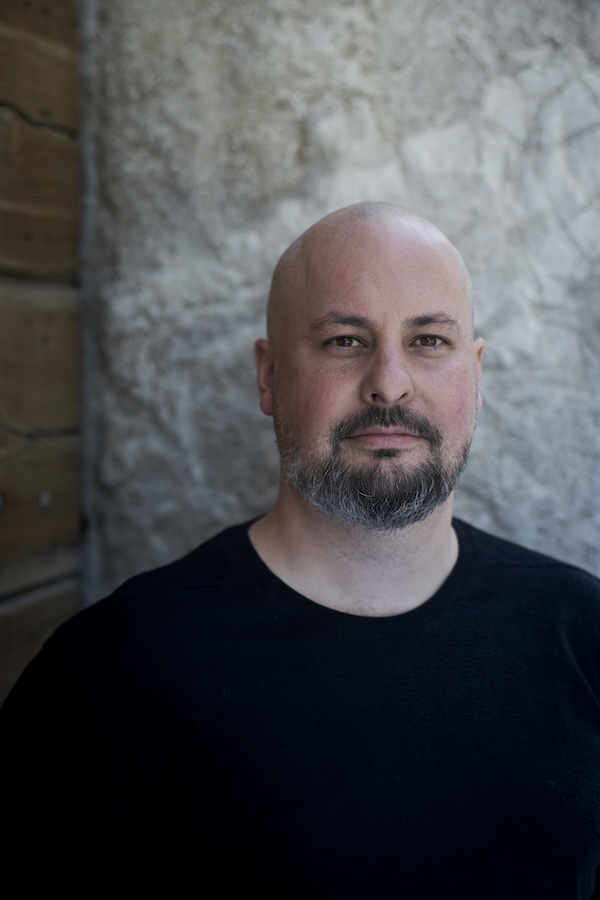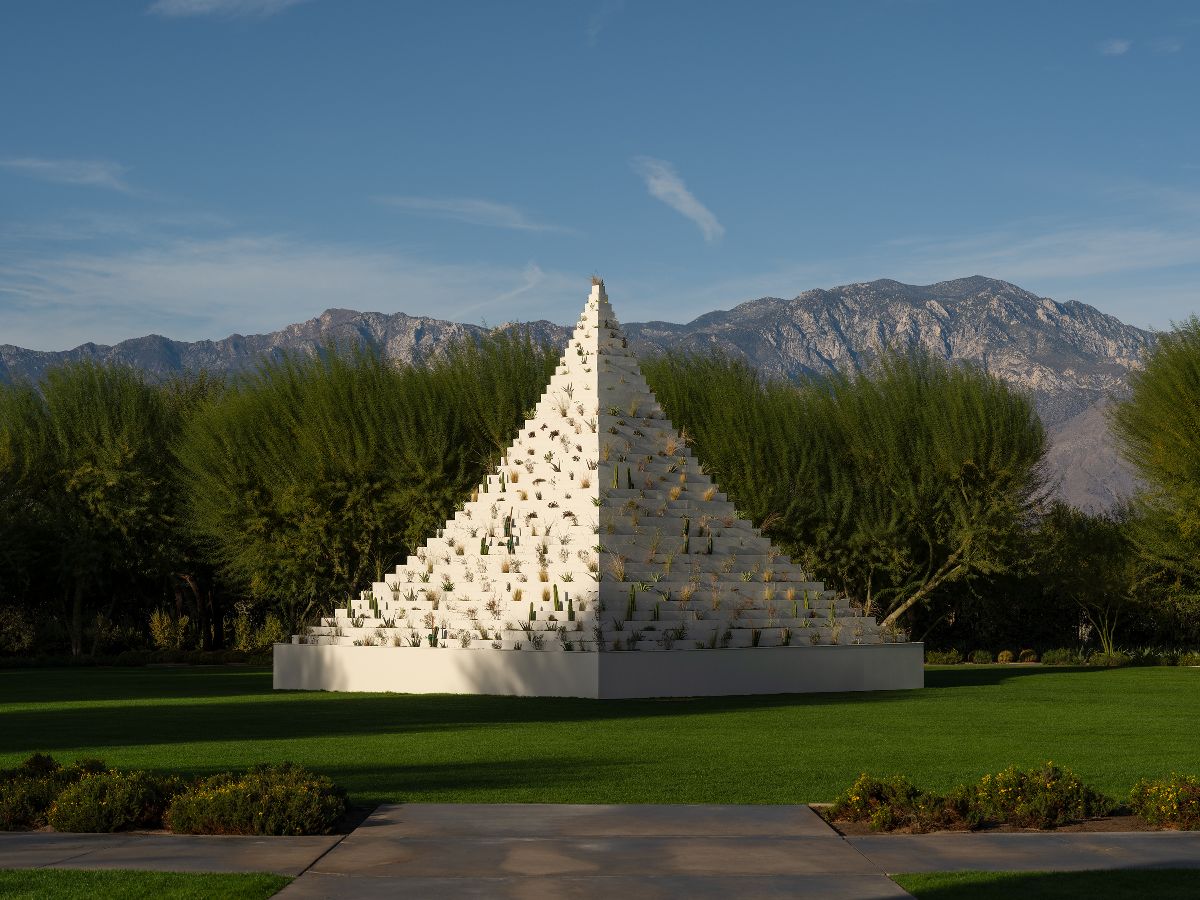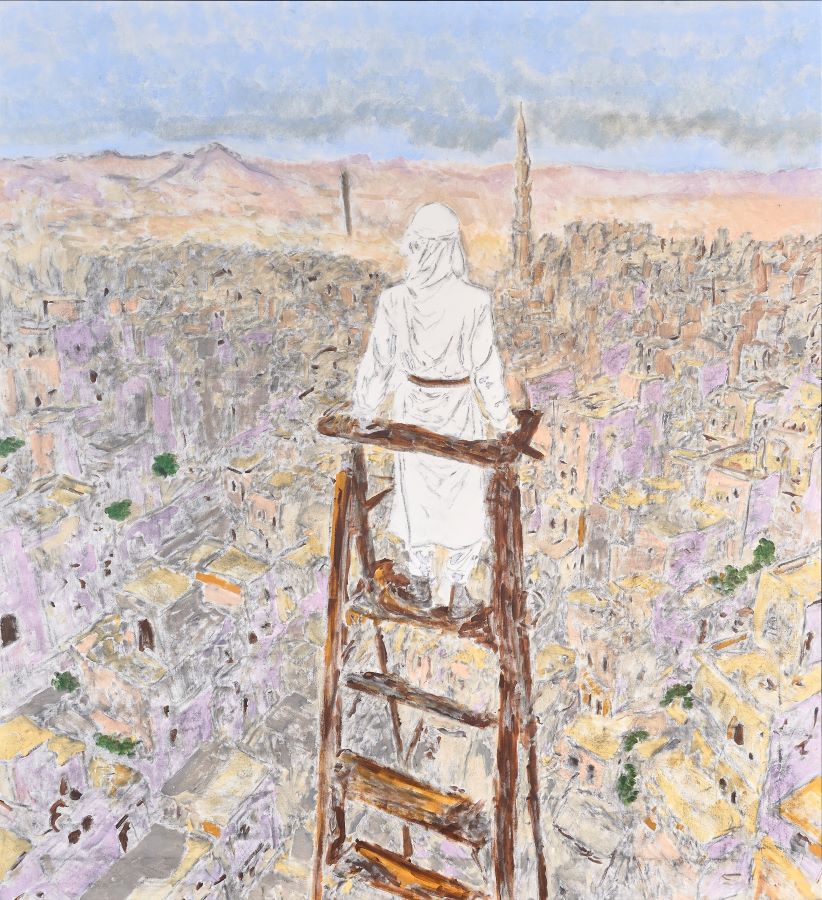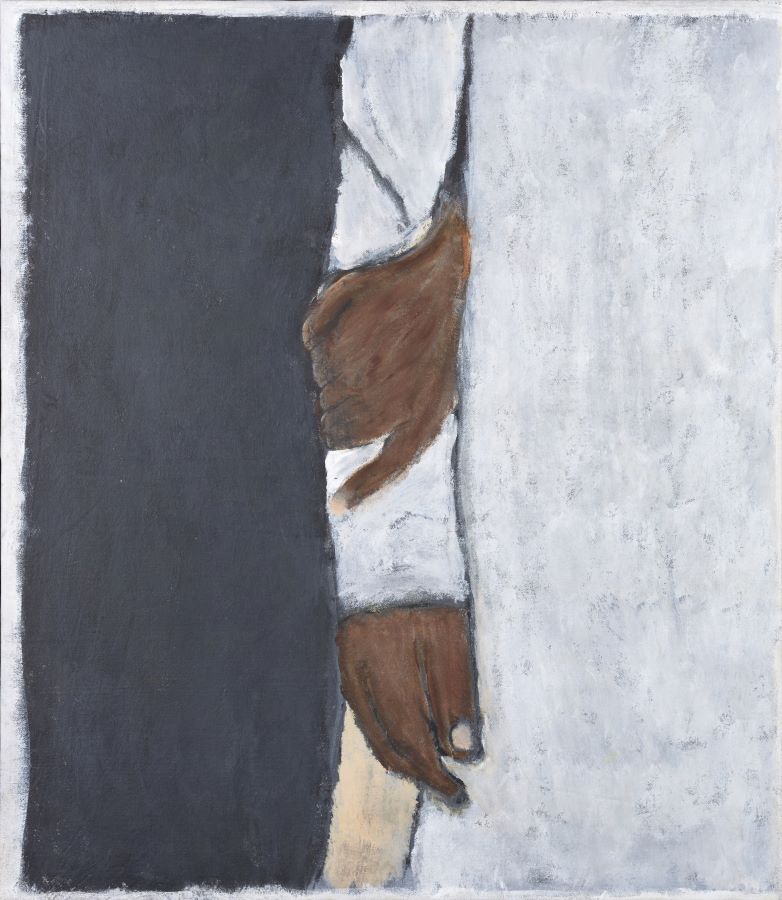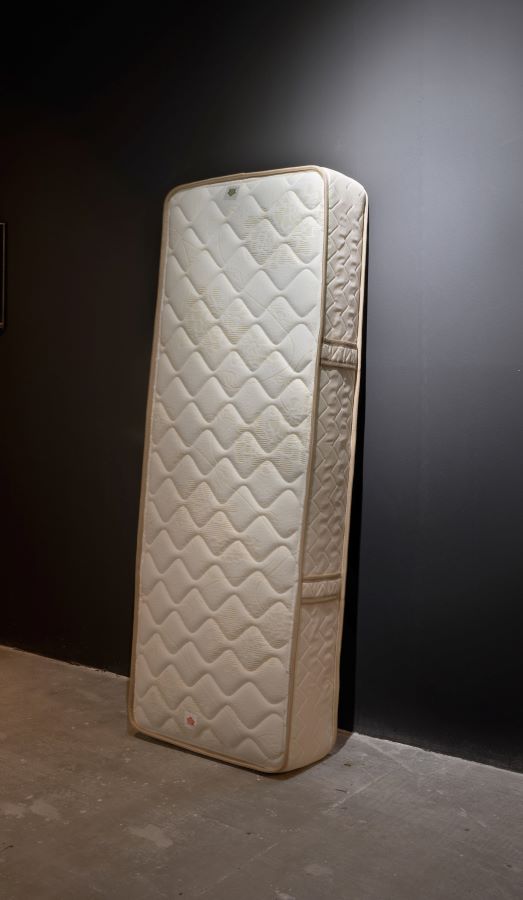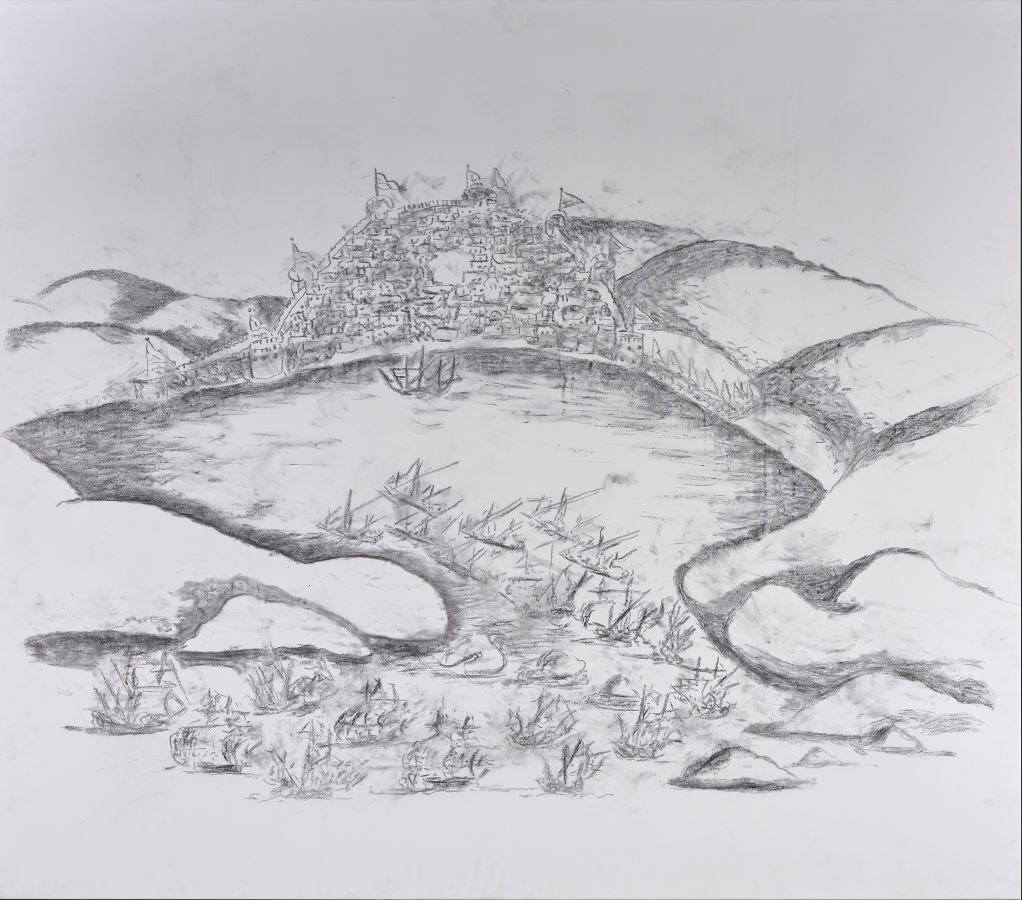RIYADH: The second Saudi International Handicrafts Week — known as Banan — is offering a wealth of live music, interactive experiences and artisanal works from around the world in Riyadh this week.
Running until Nov. 29, the event is organized by the Saudi Heritage Commission and features artists and representatives from over 20 countries, exhibiting alongside the Kingdom’s own talent.
Katherine McDonald, director of Crafts Northern Ireland, told Arab News: “I think the craft of any country (paints) a picture about the people, the landscape, the culture … it’s an important part of the identity of a country. That's why it’s important that we can allow craft makers to flourish, to pass on skills, to train new craft makers, because they’re as important as the food, as the economy.”
The collective, exhibiting in Saudi Arabia for the first time, represents artisans in Northern Ireland whose work ranges from textiles and jewelry to ceramics and furniture. Items from 13 of them are on display at Banan.
“We try to have a range of work that's representative of what makers are doing in Northern Ireland,” McDonald said. “We have textiles made from local wool, ceramics ... there’s always something that allows an artist to express themselves and for people to find something they really like that suits their style.”
Award-winning contemporary silversmith Cara Murphy is largely inspired by the environment to create unique pieces such as bowls, clocks, and candle holders. She is the designer behind the past four Randox Grand National awards, often called the world’s greatest steeplechase.
Jakki Trainor crafts clay works that focus on the word “figment” to depict real or imaginative flora, fauna and folklore, while Joel Smyth creates eclectic pieces of jewelry inspired by European minimalist design, multifunctionality and interaction.
McDonald said: “Jewelry is always popular for gifting and for yourself. And we also have glass and some wooden articles as well. So, it’s a range of materials.
“This is what’s so interesting to see, what different countries and different artisans have done with the same materials. There’s such diversity. Everything is unique.”
In addition to the 500 artisans marketing and selling their work, the event features multiple interactive and immersive zones including the handicrafts arts village, a live craft performances pavilion, crafts exhibition and workshops pavilion, a platform for entrepreneurs and craft organizations, and a children’s activities pavilion.
Hailing from Hungary, woodworker Bela Zalai has been honing his craft for over 20 years. For his first visit to the Kingdom, he is exhibiting an array of his work including flutes, bowls, pots, jewelry and chairs.
Carving a flute at his booth, he told Arab News: “In Hungary, handicrafts is a very rich culture … it’s a very popular thing — pottery and leather work and a lot of things. In these times, everything is too modern and fast … handwork is very personal, unique and valuable.”
Zalai works as a zoologist, but since he started his handcrafting journey the day-job has taken second place: “Hand work is much more important for me than biology at the moment,” he said.
Through Banan and other initiatives, the Heritage Commission raises awareness about the importance of handicrafts as part of cultural heritage, ensuring they are preserved and passed on.
Saudi International Handicrafts Week is open to the public from 4 p.m. to 11 p.m., except on Monday and Wednesday when hours are 10 a.m. to 11 p.m.
















